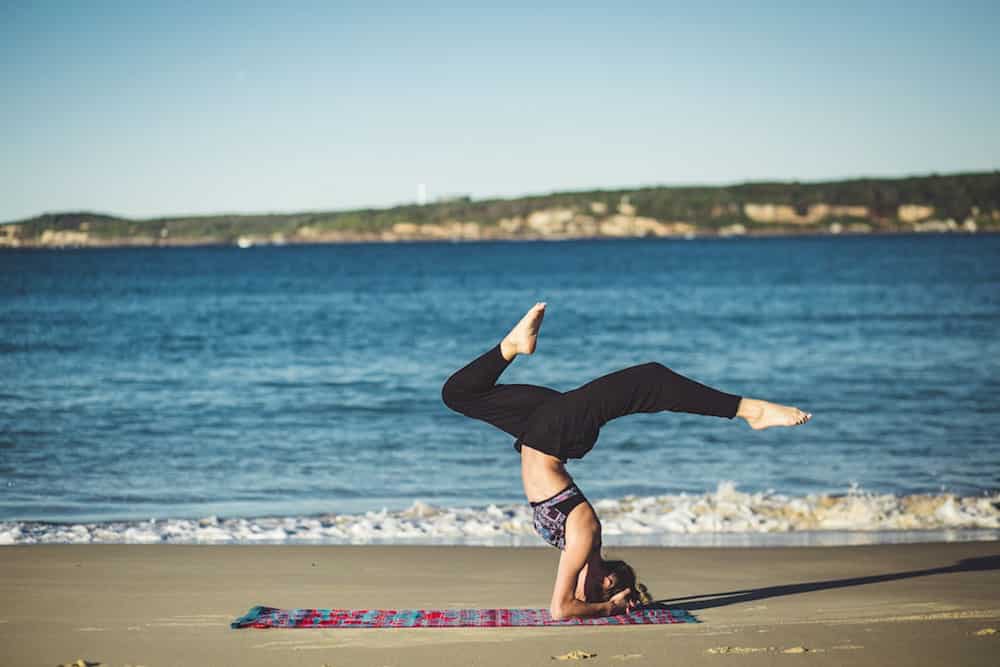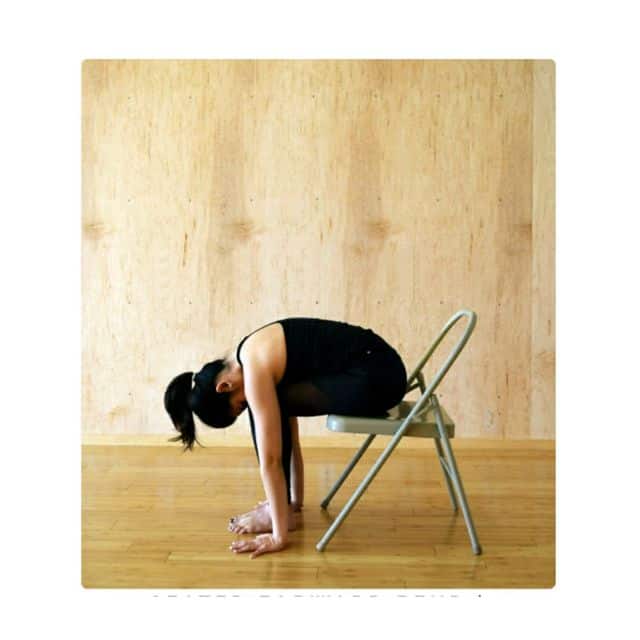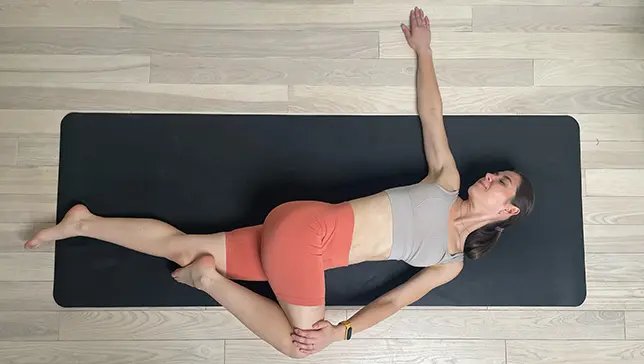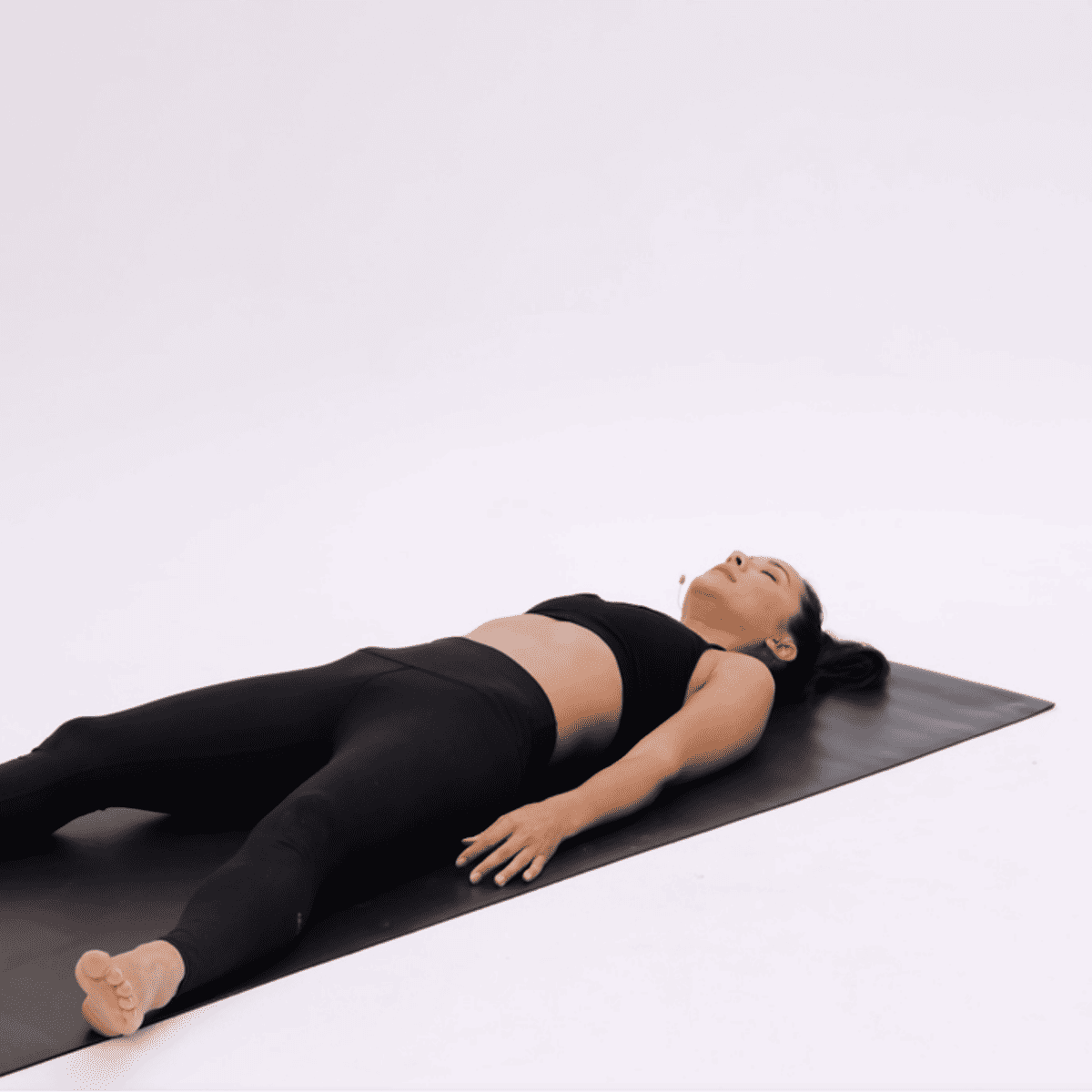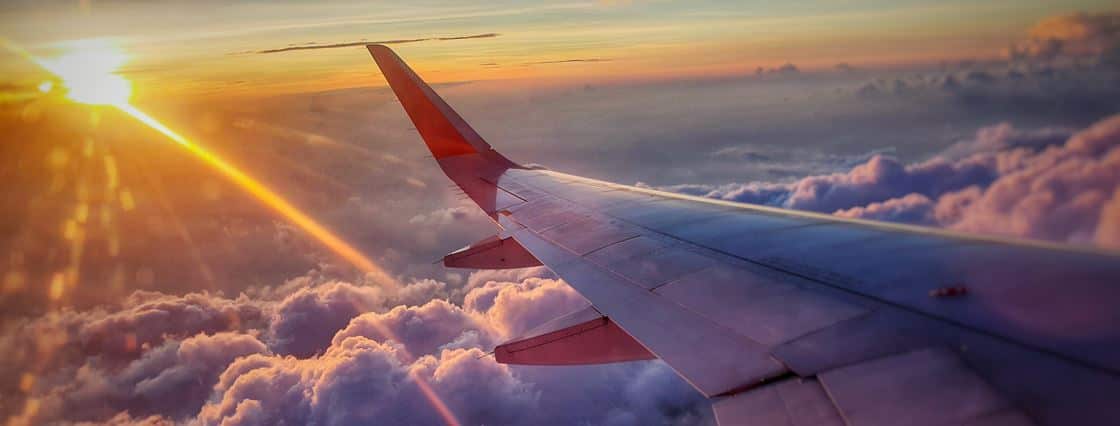In this article, we will explore the benefits of yoga for jet lag recovery, specific yoga poses that can aid in recovery, pranayama techniques to alleviate jet lag symptoms, and tips for incorporating yoga into your routine.
Jet lag can be a real challenge when traveling across time zones. The disruption to your body’s internal clock can leave you feeling fatigued, disoriented, and unable to sleep properly.
However, incorporating yoga into your jet lag recovery routine can be incredibly beneficial. Not only does yoga help improve blood circulation and reduce muscle tension, but it also enhances relaxation and sleep.
Benefits of yoga for jet lag recovery
Improved blood circulation
One of the main benefits of practicing yoga for jet lag recovery is improved blood circulation. Sitting for long periods during flights can lead to poor circulation, causing swelling and discomfort.
Yoga poses that involve stretching and twisting can help stimulate blood flow and relieve this discomfort. Poses like the Legs-Up-The-Wall Pose (Viparita Karani) and the Supine Spinal Twist (Supta Matsyendrasana) are particularly effective in promoting healthy blood circulation.
Reduced muscle tension
Jet lag often leaves travelers feeling tense and achy. Yoga can help alleviate muscle tension by stretching and strengthening the body.
Poses like the Child’s Pose (Balasana) and the Seated Forward Bend (Paschimottanasana) target the back, shoulders, and neck, releasing tension and promoting relaxation.
By incorporating these poses into your jet lag recovery routine, you can experience relief from muscle soreness and stiffness.
Enhanced relaxation and sleep
One of the most challenging aspects of jet lag is the disruption to sleep patterns. Yoga can help promote relaxation and improve sleep quality, allowing your body to adjust to the new time zone more effectively.
The Corpse Pose (Savasana) is a deeply relaxing pose that can help calm the mind and prepare the body for restful sleep. By practicing this pose before bed, you can enhance your ability to fall asleep and stay asleep, aiding in your jet lag recovery.
Yoga poses for jet lag recovery
Child’s Pose (Balasana)
The Child’s Pose is a gentle resting pose that stretches the back, hips, and thighs. To practice this pose, start by kneeling on the floor with your knees hip-width apart.
Slowly lower your torso forward, resting your forehead on the mat and extending your arms in front of you.
Take deep breaths and allow your body to relax into the pose. The Child’s Pose is excellent for relieving tension in the back and promoting relaxation.
Legs-Up-The-Wall Pose (Viparita Karani)
The Legs-Up-The-Wall Pose is a restorative pose that helps improve blood circulation and reduce swelling in the legs and feet. To practice this pose, sit sideways against a wall and swing your legs up the wall while lying on your back.
Your buttocks should be as close to the wall as possible. Relax your arms by your sides and close your eyes. Stay in this pose for 5-10 minutes, focusing on deep breathing and allowing your body to relax.
Seated Forward Bend (Paschimottanasana)
The Seated Forward Bend is a seated pose that stretches the entire back of the body, including the hamstrings and lower back.
To practice this pose, sit on the floor with your legs extended in front of you. Inhale and lengthen your spine, then exhale and fold forward from the hips, reaching for your feet or ankles.
If you can’t reach your feet, you can use a strap or towel to hold onto. Hold the pose for a few breaths, feeling the stretch in the back of your legs and spine.
Supine Spinal Twist (Supta Matsyendrasana)
The Supine Spinal Twist is a gentle twist that helps release tension in the spine and improve digestion. To practice this pose, lie on your back with your arms extended out to the sides. Bend your knees and drop them to one side, keeping your shoulders grounded.
Turn your head in the opposite direction of your knees. Take deep breaths and allow your body to relax into the twist. After a few breaths, switch sides and repeat the pose.
Corpse Pose (Savasana)
The Corpse Pose is a relaxation pose that allows the body and mind to fully relax. To practice this pose, lie flat on your back with your legs extended and your arms by your sides.
Close your eyes and take slow, deep breaths. Allow your body to sink into the mat and release any tension or stress. Stay in this pose for at least 5 minutes, focusing on deep relaxation and letting go of any thoughts or worries.
Great Yoga Mat Towel – Yogitoes
About this product:
- Anti-Slip Bottom: Patented Skidless Technology with silicone nubs for superior grip during hot and sweaty yoga.
- Yoga Support: Ultra absorbent, quick-drying, and sustainable Yogitoes in beautiful designs.
- Eco-Friendly: Made from at least four recycled plastic bottles, reducing energy consumption, and free from harmful dyes.
Pranayama techniques for jet lag recovery
Alternate Nostril Breathing (Nadi Shodhana)
Alternate Nostril Breathing is a pranayama technique that helps balance the energy in the body and calm the mind.
To practice this technique, sit in a comfortable position and close your right nostril with your right thumb. Inhale deeply through your left nostril, then close it with your ring finger.
Release your right nostril and exhale through it. Inhale through the right nostril, close it, and exhale through the left nostril. Repeat this cycle for several minutes, focusing on the breath and finding a sense of balance and calm.
Deep Belly Breathing (Diaphragmatic Breathing)
Deep Belly Breathing is a simple yet effective technique for calming the nervous system and reducing stress. To practice this technique, sit or lie down in a comfortable position. Place one hand on your belly and the other on your chest. Take a deep breath in through your nose, allowing your belly to rise as you fill your lungs with air.
Exhale slowly through your mouth, feeling your belly sink back down. Continue this deep belly breathing for several minutes, focusing on the sensation of your breath and allowing your body to relax.
Kapalabhati (Skull Shining Breath)
Kapalabhati is a powerful breathing technique that helps energize the body and clear the mind. To practice this technique, sit in a comfortable position with your spine straight. Take a deep breath in, then forcefully exhale through your nose, using your abdominal muscles to push the breath out.
Allow the inhalation to happen naturally, without force. Repeat this rapid exhalation and passive inhalation for several rounds, gradually increasing the speed. After completing the rounds, take a few deep breaths and observe the effects of the practice.
Tips for incorporating yoga into your jet lag recovery routine
– Start with gentle yoga poses and gradually increase the intensity as your body adjusts to the new time zone.
– Practice yoga in the morning to energize your body and prepare for the day ahead.
– Create a calming environment by dimming the lights, playing soft music, or using essential oils.
– Use props such as blankets, blocks, or straps to support your body and make the poses more accessible.
– Listen to your body and modify the poses as needed. It’s important to honor your limitations and avoid pushing yourself too hard.
– Stay hydrated and nourished by drinking plenty of water and eating nutritious meals.
– Consider attending a yoga class or working with a yoga instructor who can guide you through a jet lag recovery sequence.
Conclusion on Jet Lag Recovery
Incorporating yoga into your jet lag recovery routine can have numerous benefits for your body and mind. By improving blood circulation, reducing muscle tension, enhancing relaxation and sleep, and practicing specific yoga poses and pranayama techniques, you can effectively alleviate the symptoms of jet lag and help your body adjust to the new time zone.
Remember to listen to your body, be patient with yourself, and enjoy the journey of recovery through yoga. Safe travels!
Originally posted 2023-04-28 13:58:55.
Yogi is a seasoned practitioner, teacher, and advocate for holistic well-being. He shared, “When I first started practicing yoga after long hours at my desk, I struggled with stiffness in my lower back. Through consistent practice of gentle Hatha poses, especially Cat-Cow and Sphinx, I noticed my posture improving. Studies from the NIH support that gentle spinal flexion can enhance circulation and reduce tension. Remember to move mindfully, never forcing your body — yoga meets you where you are.”

